Eliminating the Buffer Zone: Colorado’s High Park Fire Has Water Agencies on Alert
Because ash and debris from a large fire can wreak havoc on water infrastructure and alter water quality, utilities near the High Park fire have begun to shut off certain water intakes and are already planning to replant the forest.
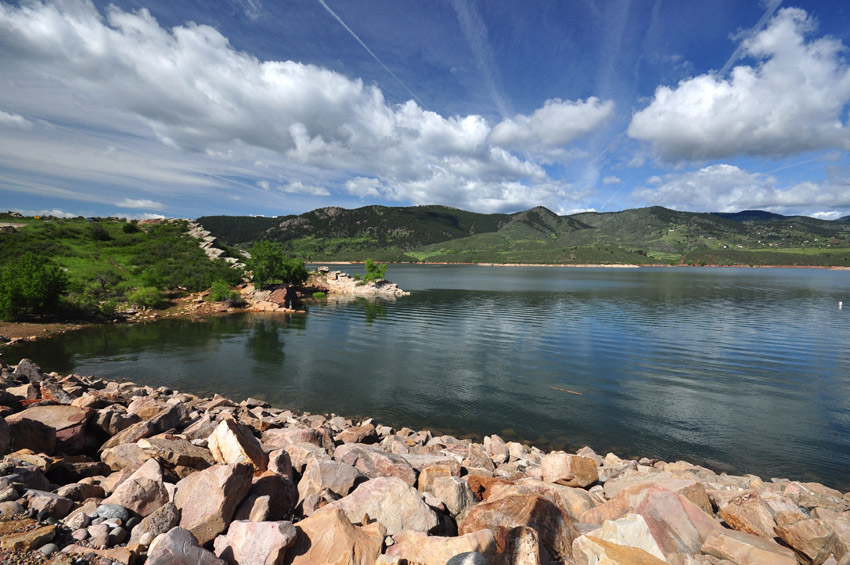
Brett Walton
Circle of Blue
In the hills that are 24 kilometers (15 miles) to the west of Fort Collins, Colorado, a fast-moving wildfire, which started with a lightning strike on Saturday, has now burned more than 17,000 hectares (43,000 acres), and it continues to grow.
Firefighters are not close to controlling the High Park fire — it is only 10 percent contained as of Tuesday evening — but municipal and regional water officials in northern Colorado are already mulling the risks to their systems. This is because, when combined with the flush of a heavy rainstorm, the ash and debris from a large fire can wreak havoc on water supply infrastructure by clogging reservoirs with sediment, degrading water quality, and fouling the water-treatment process.
–Brian Werner
Public information officer
Northern Colorado Water Conservancy
The nearby cities of Greeley and Fort Collins have closed their water intakes on the Poudre River, said Brian Werner, a public information officer with the Northern Colorado Water Conservancy District, which provides water to 850,000 people from a Bureau of Reclamation project. The cities are now drawing exclusively from the Bureau’s Horsetooth Reservoir.
Lisa Voytko, water production manager for Fort Collins, told Circle of Blue that the fire has knocked out power at the utility’s Poudre River intake.
“Because we can’t monitor water quality at the source,” Voytko said, “we switched to the reservoir.”
Werner told Circle of Blue that the High Park fire is by far the largest and most extensive ever in the district’s service area.
“There will be impacts,” Werner said. “If you get a hard rain on these steep slopes, it’s going to bring all that gunk into your system.”
History May Repeat Itself
That is what happened a decade ago to Dever’s water utility. In 2002, the Hayman fire — the largest ever in the state — charred 138,000 acres (56,000 hectares), searing the land. When the rains came, the water could not soak into the ground, and it pushed debris into the utility’s reservoirs.
–Mage Skordahl
Snow survey specialist
National Resources Conservation Service
“A hot-burning fire can affect infiltration for years to come,” explained Mage Skordahl, a snow survey specialist with the Colorado office of the National Resources Conservation Service. “It creates a water-repellant layer on the soil that increases the chance for flash floods and increases erosion.”
More than three-quarters of a million cubic meters (a million cubic yards) of sediment — enough to cover 155 football fields up to a meter (three feet) deep in muck — filled Denver Water’s Strontia Springs Reservoir. To recover from the Hayman fire and the 1996 Buffalo Creek fire, the utility spent $US 26 million to remove sediment from reservoirs, to repair damaged infrastructure, and to improve water quality.
Furthermore, Denver Water joined the U.S. Forest Service in a $US 33 million program to replant trees in watersheds that supply the city.
Tree planting is already on the minds of those near the High Park fire. Werner said re-vegetation is a top priority.
“We took note of the things that Denver did,” he said.
Water managers in both Fort Collins and Greeley said that the biggest problems will come in the months after the fire stops burning.
“Long-term, as we say, it’s a slow-motion train wreck,” said Jon Monson, Greeley’s water director. He said both summer rains and next spring’s snowmelt could increase sediment in the rivers, block water intakes and add an smoky taste to the water. Like his colleagues in the region, Monson has learned from Denver’s experience.
Brett writes about agriculture, energy, infrastructure, and the politics and economics of water in the United States. He also writes the Federal Water Tap, Circle of Blue’s weekly digest of U.S. government water news. He is the winner of two Society of Environmental Journalists reporting awards, one of the top honors in American environmental journalism: first place for explanatory reporting for a series on septic system pollution in the United States(2016) and third place for beat reporting in a small market (2014). He received the Sierra Club’s Distinguished Service Award in 2018. Brett lives in Seattle, where he hikes the mountains and bakes pies. Contact Brett Walton


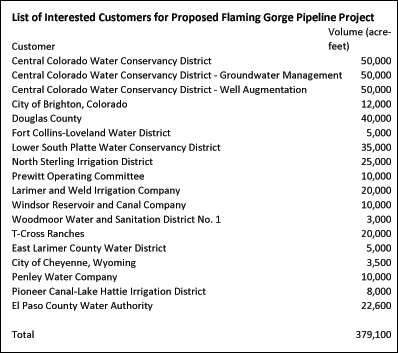
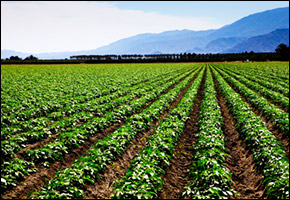
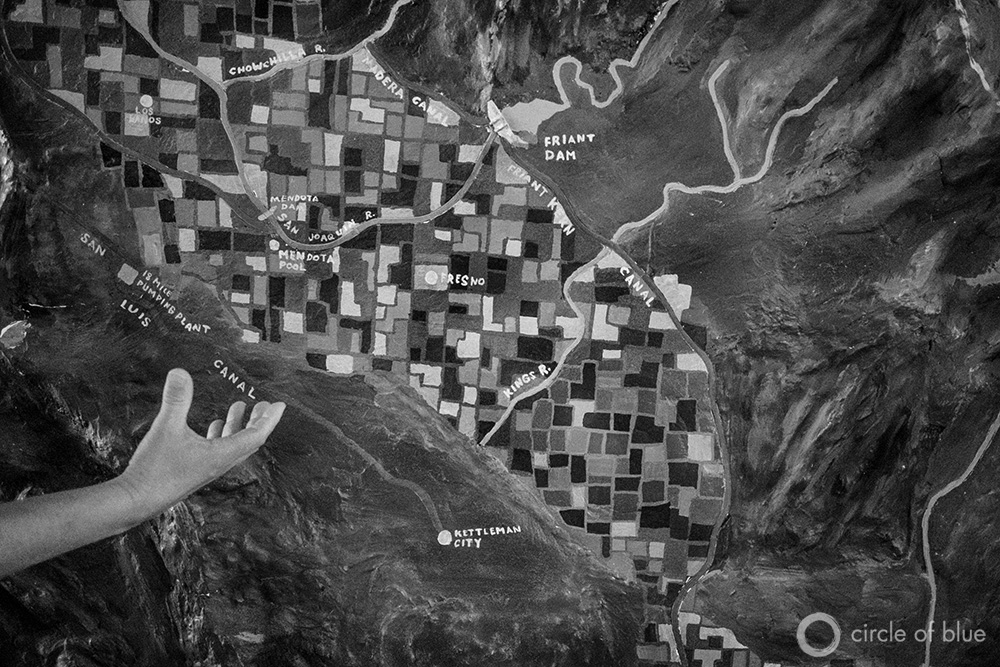
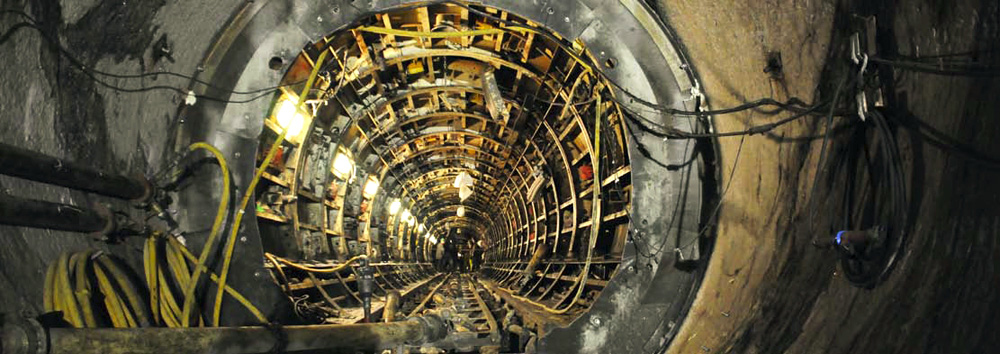


Coupled with the June 12 Ecosphere report re: connection between climate change and global wildfire activity, this is a doozy for water security.
Link to a summary of the study:
http://thehill.com/blogs/e2-wire/e2-wire/232733-study-shows-climate-change-boosting-wildfires-as-obama-beefs-up-response
Or, find the full report here:
http://www.esajournals.org/doi/pdf/10.1890/ES11-00345.1
The increase of reactive nitrogen in our atmosphere, due to the burning of fossil fuels and the increased use of synthesized fertilizer, hardly gets any attention in the discussions about global climate change, while this probably has more impact than the increase of carbon dioxide. Reactive nitrogen is a fertilizer and dissolves in water. So when this green rain comes down, its stimulates plant growth, especially grasses and brush. This, during dry weather becomes the kindle wood for uncontrollable forest and range fires, now often so hot that also large trees burn and dies so their roots will not hold the soil, thus causing soil erosion and in some locations mud slides. In turn this increase of the soil erosion impacts streams and water supplies.
Hopefully one day we will pay more attention to what the entire impact is of the huge increase of reactive nitrogen in our biosphere.